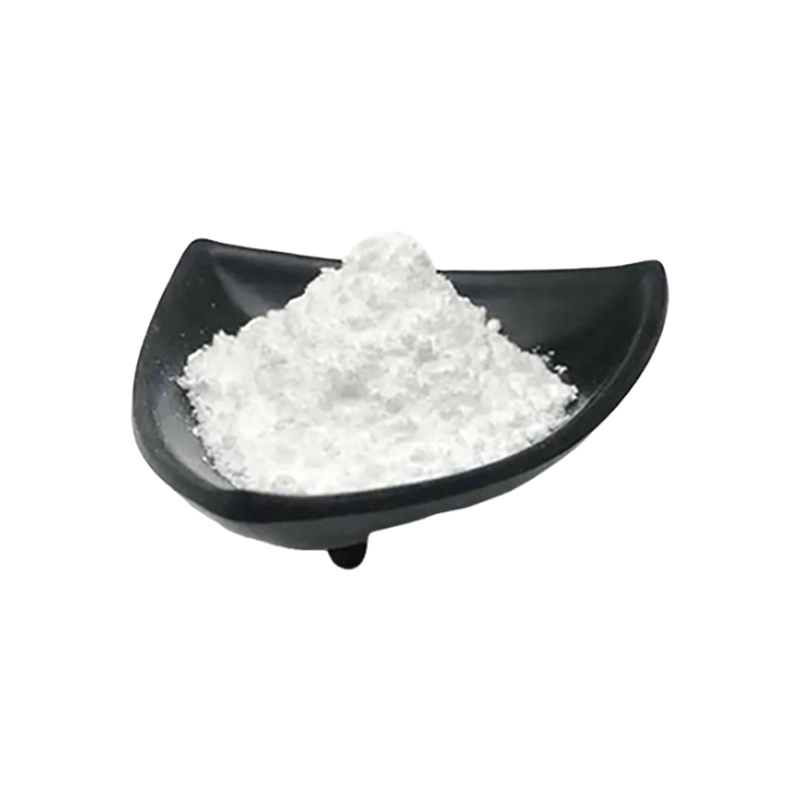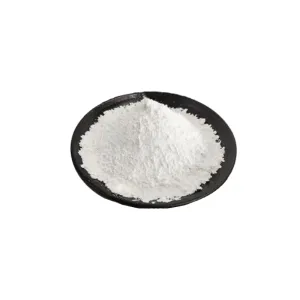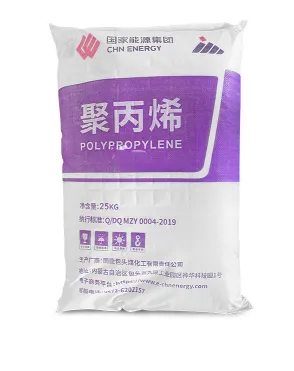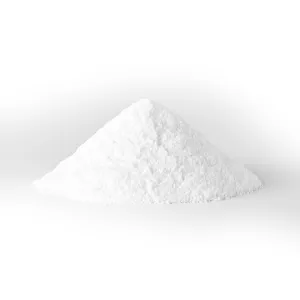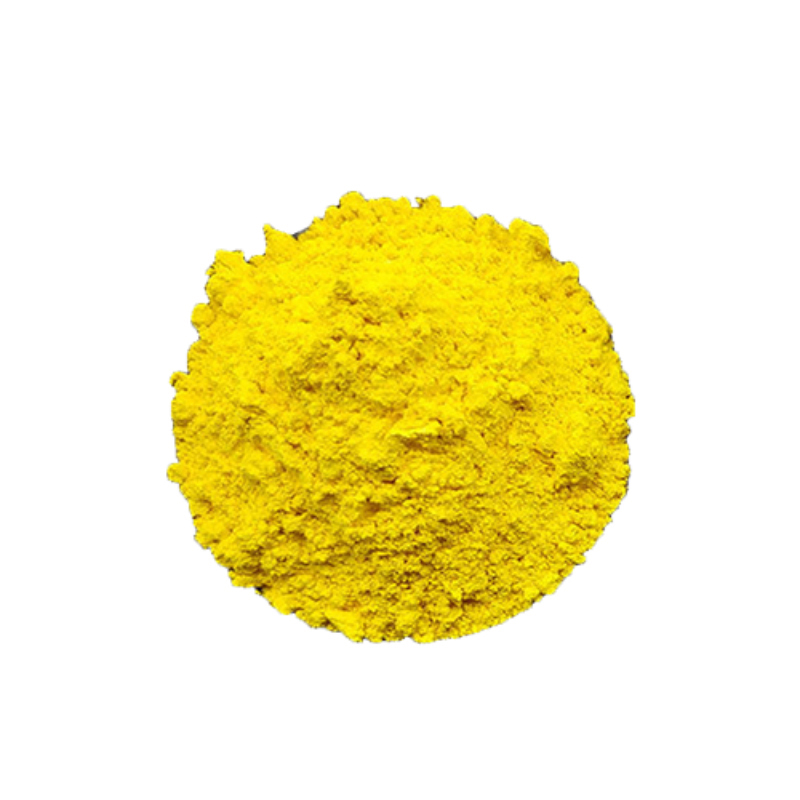92,942
November 20, 2023, 4:17 PM
I. the proportion of downstream consumption structure:

Second, the situation of alkali consumption in downstream industries:
Alumina ton caustic soda consumption is 0.13-0.17 tons, textile printing and dyeing is 0.62 tons, papermaking is 0.03 tons, the prospect of new energy development is good, and the alkali consumption is between 0.8-1.1 tons, is the rising star of caustic soda demand.
|
Alkali consumption in downstream industries (in tons)
|
|
Downstream products
|
Ton consumption of caustic soda (100%) / wt
|
|
Alumina
|
0.13-0.17
|
|
New energy sources
|
0.8-1.1
|
|
Textile printing and dyeing
|
0.62
|
|
Paper making
|
0.03
|
Judging from the specific data, the caustic soda downstream new energy industry consumes a large amount of alkali, which can be calculated almost according to the proportion of 1:1. The paper industry consumes the least alkali per ton. At present, the alkali consumption is mainly pulp and paper in papermaking.
Third, the downstream purchasing habits of caustic soda:
|
Statistics of purchasing habits in the main downstream of caustic soda
|
|
Industry
|
Enterprise scale
|
Purchasing mode
|
Caustic soda
|
|
Annual demand / wt
|
|
Alumina
|
big and medium-sized enterprises
|
Monthly mining
|
1000-1500
|
|
Small and medium sized enterprises
|
Monthly harvest and one-by-one talk
|
|
Papermaking industry
|
Normal scale
|
Monthly mining
|
400-420
|
|
Small business
|
Pick as you like
|
|
Textile, printing and dyeing
|
Large enterprises
|
Give priority to the monthly harvest, talk about it one by one
|
360-400
|
|
Small and medium sized enterprises
|
Pick as you like
|
|
Chemical engineering
|
big and medium-sized enterprises
|
The monthly harvest is the main one, and some of them are discussed one by one.
|
520-560
|
|
Small business
|
Pick as you like
|
Note: this demand takes the approximate range of the demand of each industry, and the actual demand of each industry varies.
Fourth, the demand of alumina and some non-aluminum industries in the off-season.
1. Alumina
First of all, from the perspective of the main downstream alumina, the start-up of the alumina industry changes relatively frequently. At present, the start-up of the alumina industry is mainly limited to two main reasons: on the one hand, the ore supply is tight. The operating capacity of some alumina production enterprises is still constrained by the tight supply of bauxite, alumina resumption, negative resistance, enterprises are difficult to meet the full load to start; on the other hand, the heating season. Affected by the heating season, the situation of environmental protection inspectors is grim. The start-up of some alumina production enterprises in the north will be restricted by environmental protection and other relevant policies, and various localities have issued plans to limit production during the heating season. Alumina start-up situation in different regions will be different negative situation, enterprise production will be reduced, thus the demand side upward transmission is limited. Therefore, the demand for caustic soda is obviously affected by two major reasons.
In addition, some operators asked how much impact the reduction in the production of electrolytic aluminum has on the demand for caustic soda production. My answer is that it will affect the demand for caustic soda, but if the production capacity is not large, the impact will not be very obvious, so how much capacity is large? We use a set of data to explain: recently, the production of electrolytic aluminum in Yunnan is in the stage of reduction, and the production reduction plan is being carried out one after another. up to now, the production capacity of electrolytic aluminum is about 700000 tons. We calculate that the monthly demand for alumina is reduced by about 112600 tons according to the unit consumption of 1.93 tons of alumina. It takes 0.13-0.17 tons of caustic soda to produce one ton of alumina. According to the calculation of unit consumption of 0.15 tons of caustic soda, the monthly demand of alumina for caustic soda is reduced by about 1400 tons. We assume that if the production of electrolytic aluminum is reduced by 1 million tons, the monthly demand for caustic soda will be reduced by about 2000 tons, so it can be seen that the impact of the reduction of electrolytic aluminum production on the demand for caustic soda is actually relatively limited, and the real impact is the demand for alumina.
2. Non-aluminum downstream
Non-aluminum downstream demand is generally weak, procurement enthusiasm is poor, mainly rigid demand procurement, we take the paper and textile printing and dyeing industry as an example, specifically: so far, the weekly operating rate of broad-leaf pulp in the paper industry is 67%. Compared with 76% last week, it is down 9% from 77% at the beginning of the month. The weekly operating rate of the textile printing and dyeing industry was 62.02%, down 0.13% from 62.15% last week and 0.74% from 62.76% at the beginning of the month. Judging from the start-up situation of viscose staple fiber, the weekly operating rate of viscose staple fiber industry is about 80%, up 1.5% from 78.5% last week and 2.1% from 77.9% at the beginning of the month. However, the improvement of the operating rate of viscose staple fiber industry alone can not bring obvious improvement to the downstream demand of caustic soda. Generally speaking, in the environment of off-season demand, the weak demand of non-aluminum downstream may be difficult to improve in the short term.


